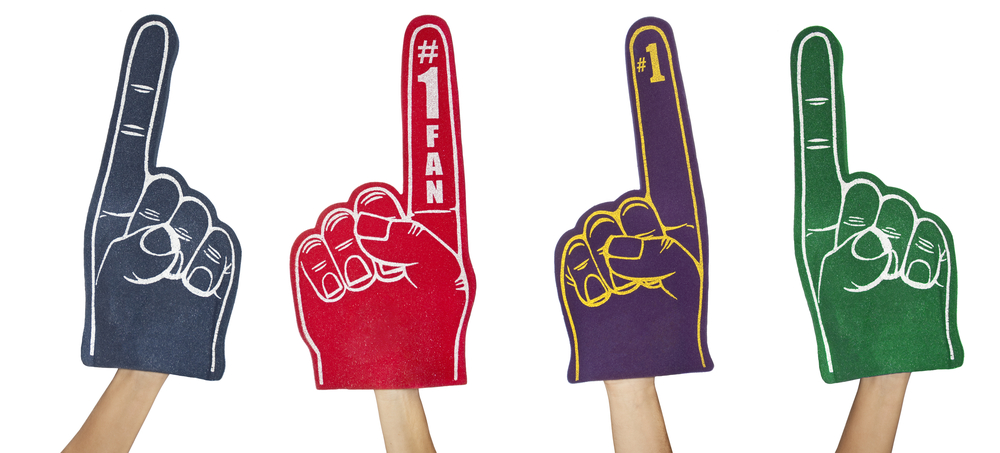
As long as there have been televised sports, there have been fans’ unmet expectations. Whether it was the infamous “Heidi” game — and NBC cutting away from an exciting Raiders-Jets game (and almost unbelievable comeback by the Raiders) to broadcast the film at its scheduled starting time way back in 1968 — or the recently completed 2012 Olympics, fans have certain expectations of how and when their favorite programming is aired. Most recently, NBC dug itself an Olympic-sized ditch in the way it handled broadcasting the games in “unreal” real-time.
I understand there are certain realities at play here. NBC paid a lot of money for these games and needs viewership numbers to achieve positive ROI. But broadcasters need to remember that it’s not 1968 any more. (It is fun to imagine what the reaction to the “Heidi” game would have been like on Twitter, though.) Twitter and Facebook erase the illusion of “live,” and NBC had further egg on its face when it was revealed that even the live streaming events were slightly delayed.
We can learn a lot from these mistakes. Broadcasters know that there are many mediums at play; it’s a matter of blending and complementing them in a way that matches the activity of consumers. For instance, Yahoo Sports, once the king of fantasy football, fell behind in some aspects due to a lack of mobile availability. Yahoo Sports now offers branded mobile experiences from Citi, Miller Lite, Snickers, Toyota and Visa to celebrate the company’s 15th football anniversary. Fantasy Football fans have access across PC, TV, phone and tablet.
The entire industry must follow suit if it wants to offer consumers the ability to interact and build brand loyalty in real-time, as the only true way to offer that is to make sure that all screens are included and that coverage of the event is live and engaging.
Real-time interaction in and out of the venue enhances the event, and your fans will appreciate that they have the ability to stay connected wherever, whenever. ESPN’s Michael Bayle says that the convergence of mobile and social changed the time-shifting model almost as fast as it appeared. “Unless someone is terribly blind or deaf, it precludes any chance to go and rewatch a game safely. You now have to have a live environment,” he said.
Bayle is on to something: Social, mobile and the fan are forever linked, so marketers must react to that marriage in order to be successful. Bayle sees more interaction between fans and ESPN personalities, providing more opportunities for marketers to be part of the bond that only sports bring.
Real time. It’s a binary concept – either it’s real, or it’s delayed — and there is a lot of opportunity out there to build true, loyal communities that impact a broadcaster’s success.
Jeff Hasen is CMO at mobile marketing and advertising company Hipcricket and
author of “Mobilized Marketing: How to Drive Sales, Engagement, and Loyalty
Through Mobile Devices.” Follow him @jeffhasen.
More in Media

Condé Nast and Hearst strike Amazon AI licensing deals for Rufus
Condé Nast and Hearst have joined the New York Times in signing a licensing deal with Amazon for its AI-powered shopping assistant Rufus.

Media Briefing: AI payouts may be entering a new era
AI compensation is evolving — and new models, not just publisher demands, are driving the shift beyond flat-fee licensing.

In Graphic Detail: AI platforms are driving more traffic — but not enough to offset ‘zero-click’ search
Here are five graphs that reveal the major trends emerging in the world of AI and ‘zero-click’ search, and what it means for publishers.





